Underfloor heating is an alternative to traditional heating, with thermal or electric radiators. The system is widely used in the Nordic countries (over 80%) and although it sounds incredible, it was used in ancient Rome. There is also a growing interest in this type of heating. But like any system it has advantages and disadvantages and to make the choice it is good to know what is involved in installing a floor heating system, what types there are, where it works and where it doesn't.
Why is underfloor heating preferred to other ways of heating rooms? What are the advantages?
What could be more pleasant than walking barefoot all over the house in the middle of winter, feeling a pleasant 25-26 degrees Celsius on your feet? If you have underfloor heating you can certainly do that. But that's not the only advantage of this heating system. Here are the most important ones:
- heat is evenly distributed over the entire floor surface;
- The house is heated from the bottom up, unlike other systems, where heating is first at the top and then at floor level;
- lower temperature of the heat, resulting in lower bills;
- a pleasant and healthy indoor climate;
- without radiators and exposed pipes;
- Underfloor heating increases the value of your home if you are thinking of selling.
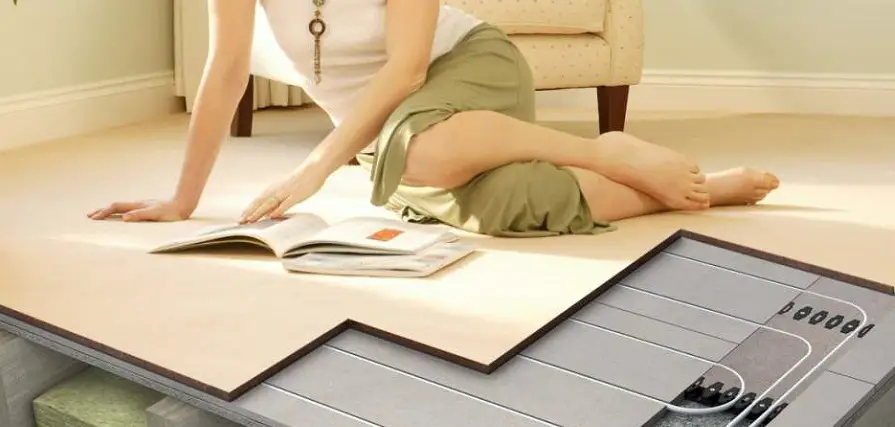
What disadvantages can such a system come with?
No system is perfect, so problems can arise here too. The most common is that there needs to be a plan of how the furniture is to be placed in the house. In addition the furniture must have legs. Why these requirements that seem strange at first sight? For the system to be effective it must not be covered with furniture, and placing furniture directly on the floor (the one without legs) can lead to system damage.
Another disadvantage is the rather high cost of installation. But this cost is amortized over time through energy savings.
Some people say that underfloor heating kicks up the dust or dries the air. But it does no more than other systems. Even if it doesn't entrain dust, as the warm air rises, the air currents that occur when radiators heat the air entrain dust by moving it from one place to another. So, if there is dust in the room it will be "moved around" regardless of the system.
Other heating systems also dry out the air, so this cannot be used as an argument against underfloor heating.
There are 2 main types of underfloor heating: hot water and electric
In practical terms, underfloor heating is a network of hot water pipes or a network of electric wires that are installed in the floor and over which tiles, stone or parquet are laid. This turns the floor into one big radiator that heats the whole room evenly.

Hot water heating: pros and cons
Heavy-duty polyethylene pipes are installed in the floor, which are connected to a system that heats and circulates water (central heating system, solar panel system). An insulating layer is placed under the pipes to prevent heat loss. All the pipes are covered with a screed. Tiles, natural stone or parquet are laid directly on this screed.
It is a good and efficient system, as the water temperature is lower (30-40 grd.C) compared to that of the radiators (55-65 grd.C). It is considered that such a system is 25-30% more efficient than a traditional one.
The main disadvantage of the system is the installation, both in terms of "inconvenience" and cost. After installation, the pipes are encased in a thin screed. This means a not very high but noticeable rise in the level (the screed should be 3-5 cm above the pipes), which can be a problem in a house already built. This is why such heating is particularly recommended for houses that are being built from scratch.
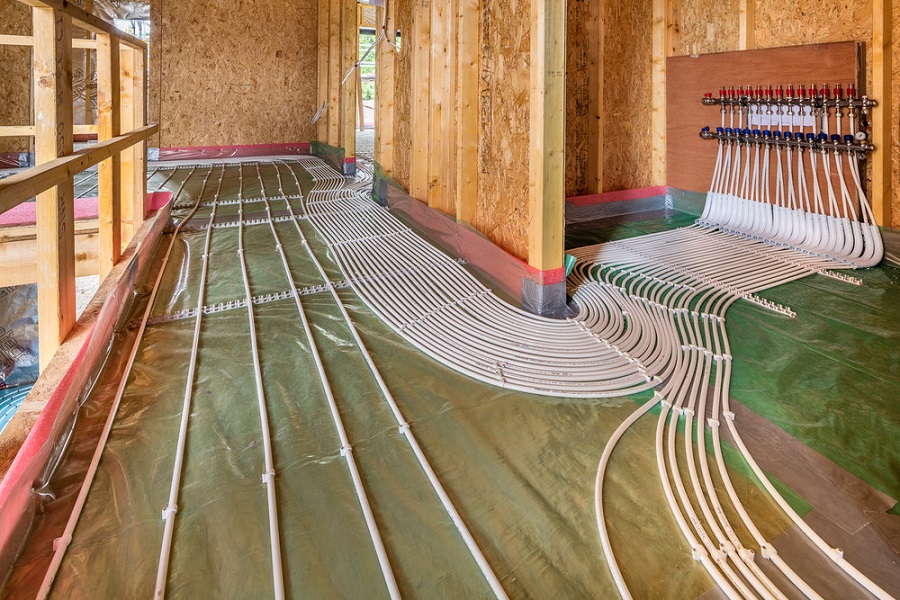
Another disadvantage is a certain inertia when heating. It takes several hours to reach the desired temperature because the screed heats up first. It also takes longer to cool down because of the heat stored in the screed.
Some people are reluctant to opt for water underfloor heating because of the problems that can arise if work has to be done. But manufacturers say such systems are guaranteed to work for at least 30 years and breakdowns are rare.
Electric heating: pros and cons
It's made by fitting a kind of mat through which electrical wires run. It is cut to size and can be laid in the most difficult places. It is very thin and easy to fit, so it can be a good choice for quickly installing heating in bathrooms and kitchens without disturbing the rest of the house.
As well as quick and less expensive installation, another advantage is virtually instant floor heating. Cooling is not immediate, however, especially if the system is installed under tiles or natural stone, which store heat and release it gradually.
The downside is the increased cost of electricity. However, if a thermostat is fitted to cut off the electricity supply when a certain temperature is reached, the cost comes down.

How does wood behave when underfloor heating?
Underfloor heating works very well when surfaces are tiled or covered with natural stone. If we have underfloor heating under wood flooring things change. Experts do not recommend using solid wood flooring because of the dimensional variations that can occur. It is recommended processed wood, i.e. laminate flooring, tackle, materials that have very small dimensional variations.
However, if you choose to use solid woodOak, walnut or tropical hardwoods are considered the best, and the elements should be as small as possible. Your flooring supplier can tell you whether it can be fitted over a heating system and which would be most suitable. Before installation, the flooring should be kept in the house for a few days with the underfloor heating on to adjust to the temperature and humidity.
Laminate flooring can be fitted without any problems because this is no longer about wood. Laminate flooring is printed paper coated with resins.
In the case of electric heating, it is not recommended to mount the parquet directly on the electric carpet, but to use a floating installation with space under the parquet. If the heating is water heating, the flooring can be mounted (glued) directly on the screed.
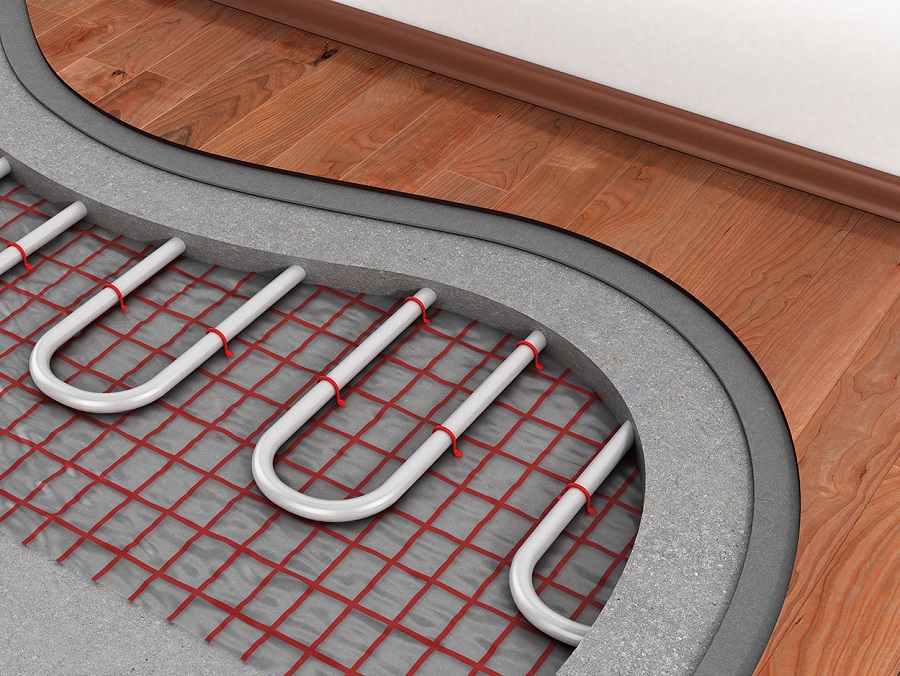
Costs of installing such a heating system
I was curious to see what the installation costs of underfloor heating would be. I found values ranging from 15 to 50 euro/sqm, depending on the materials used and the system chosen. For example, George Buhnici says the installation of the hot water heating system in his own home cost him around 40 euros per square meter.
Underfloor heating is clearly a way of heating that is catching on. Young people in particular who choose to build their own home go for this system. It can be improved and the new smart home concept can make it very cost-effective.






















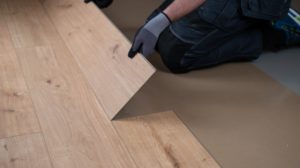

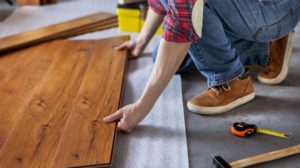
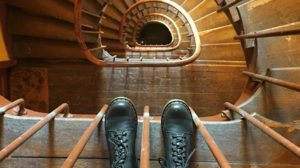
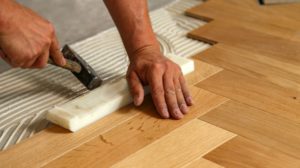

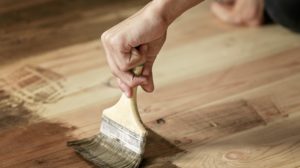
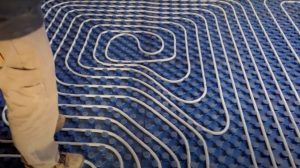



I'm surprised you don't say anything about infrared foil heating under laminate flooring.
It costs only 100 lei/sqm including the smart room thermostat. Can be installed by anyone, even the electrical connections. There is no risk of switching off, as with electric resistance, and no risk of overheating.
The only drawback, but only for us, the Romanians, is the price of electricity.
Find details on the internet.
That's right, I've had these sheets for five years but I admit that I don't use them under the floor but I took them and mounted them like paintings behind a massive piece of furniture where I couldn't get rid of the mould. Now I have no more problems. I plugged them into a timer socket and set them at certain intervals especially at night when it is colder.(https://www.magnetcenter.ro/folie-carbon-incalzire-pardoseala(I'm not advertising them but from what I've looked for, they have the most varied offer and are very serious)